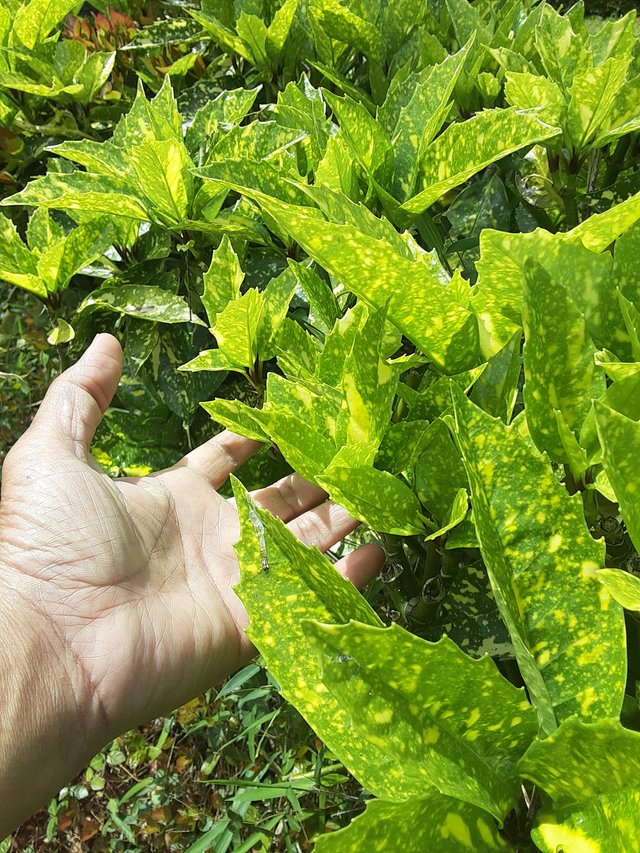
Aucuba japonica, also commonly called spotted laurel, Japanese laurel, Japanese aucuba, or gold dust plant, is a beautiful shrub known for its attractive and resilient leaves.
Native to the rich forest soils of moist valleys, thickets, and streamsides in China, Korea, and Japan, Aucuba japonica thrives in shady environments.
The leaves of Aucuba japonica are truly what set this shrub apart. They are:
- Opposite and Glossy: The leaves grow in pairs opposite each other on the stem, creating a balanced and orderly appearance. Their surface is glossy and leathery, adding a touch of elegance to any garden.
- Varied Sizes and Shapes: Depending on the cultivar, Aucuba japonica leaves can range in size from 8 to 25 centimeters long and 2 to 12 centimeters wide. Their shape is typically broad lanceolate, meaning they are wider at the base and taper towards a pointed tip.
- Green or Stunningly Variegated: While the species itself boasts a vibrant green color, many popular cultivars feature stunning variegation. These variations include yellow or gold spots, speckles, or even margins, adding a pop of color and visual interest.
- Dentate Edges: Some Aucuba japonica leaves, particularly those towards the apex (tip), have a slightly toothed or dentate margin. This subtle detail adds a touch of texture and character to the foliage.
The combination of these features makes Aucuba japonica leaves a standout element in any landscape. They provide year-round interest, with the evergreen foliage maintaining its beauty throughout the seasons.
While the flowers of Aucuba japonica are small and inconspicuous, the shrub can produce bright red berries in the fall and winter, adding another layer of visual appeal, especially for birds that enjoy these winter treats.
Ref.:
 |  |
Upvoted! Thank you for supporting witness @jswit.
Downvoting a post can decrease pending rewards and make it less visible. Common reasons:
Submit